-
Home
- |
- Blogs
- |
- Training and Assessment
- |
- Quality training and assessment resources from CAQA Resources
- Home
- |
- Blogs
- |
- Training and Assessment
- |
- Quality training and assessment resources from CAQA Resources
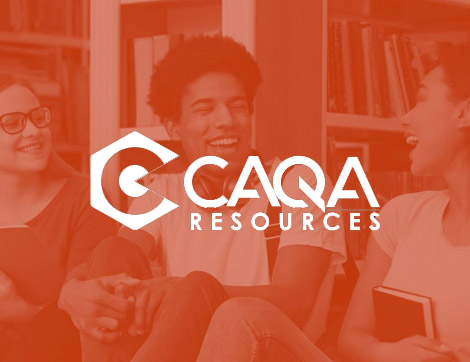
Quality training and assessment resources from CAQA Resources
While operating as a registered training organisation, you will be required to make a range of decisions, with obtaining high-quality training and assessment resources being among the most significant.
To ensure that your students receive the learning experience necessary to function competently in their chosen vocation, you need to invest in quality assessment and learner resources. It is only through the use of high-quality training staff as well as good training and assessment materials that a Registered Training Organisation can achieve this.
The quality of education and training that you deliver may suffer if you employ individuals who are not experts in their profession, accordingly, not having compliant assessment and learner resources means the quality of training you offer or promise will also suffer. You must spend time reviewing the quality of your assessment and learner resources against the following criteria:
- ASQA’s guide of developing assessment tools https://www.asqa.gov.au/resources/guides/guide-developing-assessment-tools
- Compliance with clauses 1.8 to 1.12 https://www.asqa.gov.au/standards/training-assessment/clauses-1.8-to-1.12
- Compliance with clause 1.3.
- https://www.asqa.gov.au/standards/training-assessment/clauses-1.1-to-1.4-2.2
- Principles of assessments
- Rules of evidence
Investing in high-quality training materials is therefore vital for the survival and eventual success of a training organisation. When you provide quality, it will have a significant impact on the reputation of the RTO, its legal requirements, and the quality of the outcomes. According to ASQA audit analysis published in 2017, over 80% of RTOs failed to comply with Standard One during the audit process and one of the major non-compliance has been the quality of assessment and learner resources.
Consider the following two scenarios:
Scenario 1
You are an industry leader and well-known in the RTO sector for what you know and what you do, but if your training and assessment resources are non-compliant, or worse, if a regulatory body audits you and determines that this is the case and makes decisions based on the findings, your training organisation’s reputation will be questioned. The regulatory body has suggested that students be reassessed for a period of 12 or 24 months in a number of instances. As a result, if you lack compliant training and assessment resources or do not adhere to compliant regulatory practices, you may experience significant challenges.
Scenario 2
Your RTO is unable to contextualise and customise or even worse know the requirements set around the assessment and learner resources because you assume that simply purchasing them from a resource provider qualifies you as compliant. Without acknowledging and comprehending reality, there are a number of resource providers that sell substandard quality resources, and if you purchase these materials, you may risk losing your RTO registration.
The question arises as to what to do when evaluating assessment and learner materials? How can you determine their quality? How can you make informed decisions and avoid wasting your hard-earned money?
This advice may help:
1. Maintain current knowledge and skills in compliance with legislative and regulatory standards.
You must spend time updating your knowledge and skills in relation to legislative and regulatory requirements. This includes contacting industry leaders who know what is compliant and what is non-compliant, attending professional development sessions, subscribing to and attending all regulatory body-sponsored webinars and conferences, subscribing to and reading VET and RTO newsletters, and also asking external auditors to conduct audits on your training and assessment systems on regular intervals.
2. Begin with a compliant copy of the learner and assessment resources that will serve as the foundation for the entire unit of competency:
Some publishers and developers are prone to displaying only a small number of their best samples and claiming that these samples reflect all of their qualifications. This is both incredibly distracting and misleading for the buyer who will assume that all material will be of the same quality. In order to avoid making such a mistake, you should request a complete sample, even if the sample is provided through an online platform to safeguard the copyright.
3. Ensure that all your assessment and learner resources have been pre-validated.
Poor quality of assessment tools is a contributing factor in the majority of RTO non-compliance problems. As an RTO resource provider, we receive a steady stream of calls from RTOs who have already spent money on substandard materials only to realise that fixing them will cost more than buying new resources. You can avoid this by following the steps below:
a. Pre-validate before use: By rigorously and thoroughly validating your new resources before putting them to use, you effectively protect your RTO. Fixing non-compliant resources is an expensive and time-consuming exercise that takes a long time to complete.
c. Make sure that all action verbs and action words are covered in the training package when you are pre-validating. For example, if the performance criteria is “consult with stakeholders,” a plural form is used, which means consultation with more than one stakeholder is required. Consult is a verb that means to seek advice or information from someone i.e. involves open-ended questions and communication.
d. Everything is addressed at least twice if it is not clearly stated in the training package that once is sufficient.
e. It is a must to assess performance criteria, foundation skills, and performance evidence using practical, workplace-based, or scenario-based methods and strategies.
f. Check the footer and header of the documents to ensure that all version control, unit name and code, and other pertinent information is accurate and up to date.
g. All equipment, resources, and materials specified in the assessment conditions must be made available in order for the assessment to take place.
4. Verify that mapping documentation for the assessment tools and learner resources are available.
The mapping materials associated with the assessment tools and learner resources should be available. Check this before you purchase the training and assessment resources. Ensure that the training and assessment resources have met all of the unit requirements.
5. Verify that the correct assessment method has been used.
Many assessment instruments use non-compliant techniques for determining learner competency. If the assessment assignment asks a student, “How would you do this?” or something along these lines, you must be extremely cautious, especially if there is a mapping to performance criteria (PCs) or performance evidence (PEs), as such a question has no wrong answer. The student may provide an answer that shows incorrect understanding, but because the question is not asking for the correct way of doing something, there is no wrong answer.
In order to establish competency in performing a task or job, evidence must be provided in the form of an observation that properly identifies the specific performance level for each practical skill performed. Many observation checklists are simply copied and pasted versions of PEs and PCs from the unit, found on the national register. It has the potential to cause complications during an audit and result in non-compliance.
6. Determine whether there are sufficient learner resources to meet the training requirements.
Choose among those learning resources that will allow you to demonstrate that you have satisfied the learning criteria for the delivery of the qualification. ASQA will audit your RTO to establish whether or not there are sufficient training and assessment resources for the students to be able to implement the theory learnt into practice in the workplace.
The training resources you choose are important as they can determine whether or not you will be able to demonstrate compliance during an audit. One suggestion that you might find really useful is to review the content and ensure it meets the compliance requirements. For example, when you look at materials you may find that they have double spacing between lines and a large number of photos. The material of these types of resources is typically lacking in depth. You will also observe that the use of this type of formatting will result in a two-fold increase in the number of pages. Some publishers employ this technique to give the appearance that their content is more extensive than it actually is. Therefore, look at each of the performance criteria and make an informed judgement if the information is adequately covered or not.
7. Check to determine if the information is accurate, up to date, and thorough.
Finally, but certainly not least, you should check the clarity of the content you are considering purchasing. One method of obtaining legitimate, reliable, and up-to-date training materials is to select learning resource publishers and developers who appoint subject matter experts in order to obtain the proper and comprehensive material. Assessment activities, session plans, assessment workbooks, and learning guides, among other instructional methods, should be included in the training material to ensure that students receive sufficient learning material.
Student assessment workbooks should be a comprehensive collection of assessment assignments used to gain an understanding of a student’s level of knowledge.
Trainer/Assessor evaluation resources are items that are intended for use by trainers in the assessment process.
Trainers employ a variety of assessment tools, such as benchmark answers and assessor instructions, to gather the information that is necessary for providing training.
Self-study guides are available to students to assist them in developing an enthusiastic approach to learning.
Mapping documents, learner manuals, and PowerPoint presentations should be included in the training tools to help make the training complete and user-friendly.
8. The resources are plagiarism-free
Use applications such as Grammarly and/or Turnitin to confirm that the resources are free of copyright and plagiarism issues before using them. If it is general information that is freely available on the internet, you should not be concerned; but, if it is information from a different publisher or from copyrighted websites or other materials, you should be concerned and should refrain from using these products.
CAQA Resources
CAQA Resources delivers high-quality solutions in the form of compliant RTO resources that are comprehensive and totally adaptable to meet your specific requirements as well as the needs and requirements of students.
When it comes to learning and assessment for your learners, CAQA Resources is your go-to for staying compliant. Our RTO resources, training and learning materials, assessment tools, as well as learning kits, provide a comprehensive selection of resources for a wide range of qualifications.
Visit our website www.caqaresources.com.au and look through our comprehensive list.
Contact us on 1800 266 160 or email info@caqa.com.au for more information on how to obtain the best training resources for your RTO.
Training Packages: CAQA Resources can deliver resources from the following training packages:
List of all training packages CAQA Resources have available or are currently writing:
- AHC – Agriculture, Horticulture and Conservation and Land Management Training Package
- AUR – Automotive Retail, Service and Repair Training Package
- BSB – Business Services Training Package
- CHC – Community Services Training Package
- CPC – Construction, Plumbing and Services Training Package
- CUA – Creative Arts and Culture Training Package
- EAL – English as an Additional Language Training Package
- FBP – Food, Beverage and Pharmaceutical Training Package
- FNS – Financial Services Training Package
- FSK – Foundation Skills Training Package
- FWP – Forest and Wood Products Training Package
- HLT – Health Training Package
- ICP – Printing and Graphic Arts Training Package
- ICT – Information and Communications Technology Training Package
- MEM – Manufacturing and Engineering Training Package
- MSF – Furnishing Training Package
- MSM – Manufacturing Training Package
- MSS – Sustainability Training Package
- NUR – Nursing Training Package
- PMA – Chemical, Hydrocarbons and Refining Training Package
- PSP – Public Sector Training Package
- RII – Resources and Infrastructure Industry Training Package
- SHB – Hairdressing and Beauty Services Training Package
- SIR – Retail Services Training Package
- SIS – Sport, Fitness and Recreation Training Package
- SIT – Tourism, Travel and Hospitality Training Package
- TAE – Training and Education Training Package
3 years ago
Related News

29 April, 2021
Writing your Training and Assessment Strategy – Part 2 of Part 5
To refresh yourself, please find Part 1 here In our part 1, we had the opportunity to cover a number of topics relevant to writing a compliant and useful training and assessment strategy. Topics covered included: What is the definition of training and assessment strategy? Why is it known as a high-level view of a […]
4 years ago

22 August, 2021
According to a new report, businesses are increasing their investments in cybersecurity skills
According to new research from cybersecurity firm Sophos, internal IT departments and businesses are making investments in their staff’ cybersecurity skills and knowledge. According to a new analysis from Sophos, IT teams around the world faced unprecedented challenges in 2020 and 2021, with cybersecurity issues ranking at the top of the list – if not […]
3 years ago

3 September, 2021
How to transition from classroom to online or distance training and assessment
Moving from face-to-face training and assessment to online or distance learning and assessment can be difficult, especially when you have already invested in facilities, equipment, and resources for face-to-face training and assessment. However, in order to survive and also to embrace new technologies, many training organisations have decided to move to an online or distance […]
3 years ago

19 September, 2021
Quality training and assessment resources from CAQA Resources
While operating as a registered training organisation, you will be required to make a range of decisions, with obtaining high-quality training and assessment resources being among the most significant. To ensure that your students receive the learning experience necessary to function competently in their chosen vocation, you need to invest in quality assessment and learner […]
3 years ago

4 October, 2021
The strategies for achieving personal and professional success.
There are many strategies to success you can use in your life. Some people are successful because they work hard. Other people are successful because they have a great opportunity that came their way. Some people are successful because they have the right connections, but most people are successful because they have good timing. These […]
3 years ago

4 October, 2021
Contextualisation – Why you must contextualise the training and assessment resources.
Understanding contextualisation Contextualising assessments and learner materials is one of the most thought-provoking tasks that RTOs face. Many RTOs are deemed non-compliant due to their contextualisation ‘methods’. What is contextualisation, what is the right way to do it, how is it done, why do RTOs conduct it incorrectly? Before explaining what is contextualisation, let’s first […]
3 years ago

14 October, 2021
Risk assessment and risk management at your organisation
Risk assessment and risk management at your organisation should be a continuous process. It involves best practices like identifying, assessing and mitigating risks. Risk assessment is the process of identifying and analysing the hazards, risks, and threats to an organisation. A risk assessment is a process to identify and evaluate the potential risks and threats […]
3 years ago

14 October, 2021
Training and assessment strategies – why you should have a clear roadmap!
When it comes to training, there are many factors that contribute to the effectiveness of the training. However, one of the most important factors is how effective and efficient your training and assessment strategy is. There are a number of key considerations in training and assessment strategies including but not limited to: – Learner experience […]
3 years ago

17 October, 2021
How to protect the copyright of your training and assessment materials Margaret Ryan (lawyer and trade marks attorney)
Training and assessment materials are normally protected by copyright in Australia. They are a valuable resource and should be protected from unauthorised copying, which may reduce their value and the value of the business which supplies these resources. Copyright is automatic In Australia copyright protection is automatic. As soon is an author records their thoughts […]
3 years ago

1 November, 2021
How to check the quality of assessment resources
Critical skills for checking the quality of your assessment resources. The purpose of the assessment tool The main purpose of an assessment tool, student assessment, or assessment pack is to ensure that trainers and assessors can effectively establish whether a learner is competent or not yet competent in a training product. There are three ways […]
3 years ago
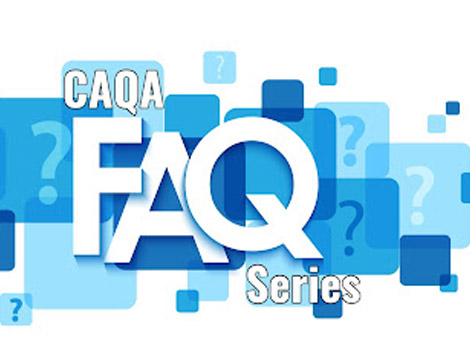
1 November, 2021
CAQA FAQ Series – Industry consultation
What is industry consultation in the RTO context? It is a process in which the training representatives of a training organisation consult with representatives from the industry to determine whether they are using the most appropriate facilities, equipment, and resources for delivering the training, whether their trainers and assessors have the most up to date […]
3 years ago
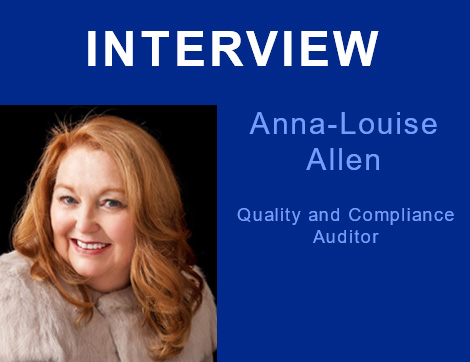
14 December, 2021
Interview with Anna-Louise Allen, Quality and Compliance Auditor
Anna-Louise Allen has been a leader in education and a catalyst for change and innovation in teaching and learning throughout her career. Anna-Louise commenced as a technical school teacher in the western suburbs teaching Geography. She had held leadership positions in schools, run the Geography Teachers Association of Victoria and worked in a variety of […]
3 years ago

31 January, 2022
Formative vs Summative Assessment: A Comparison
Formative and summative assessment, the two main types of assessing knowledge and skills, are often confused with one another. Both types of assessment have a place in the teaching and learning process, but it can be difficult to distinguish between formative and summative assessment. Both formative and summative assessments are used to assess learning, provide […]
3 years ago

20 February, 2022
NCVER Report – Upskilling and reskilling: the impact of the COVID-19 pandemic on employers and their training choices
Photo source: NCVER NCVER’s latest research examines how Australian employers have been affected by the COVID-19 pandemic and their future workforce training plans. To survive financially during the pandemic, many businesses had to adjust and digitise their operations, as well as shift quickly to remote working arrangements. As restrictions started easing in 2020, businesses were […]
3 years ago
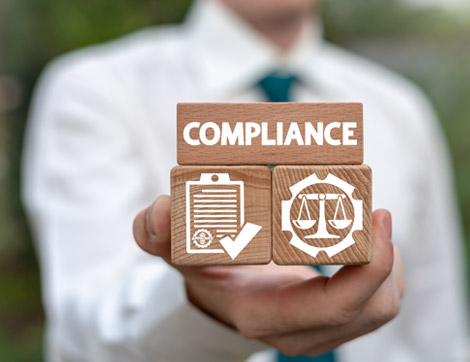
20 February, 2022
RTO compliance guide to buy compliant assessment resources
According to almost all ASQA reports, getting an assessment right is one of an RTO’s most difficult compliance issues, with a substantial number of RTOs, audited being found to be non-compliant with clause 1.8 (ASQA’s 2017 report showed around 72{811251a11785699196b1edfb998e8df43131d83f2e2fc9971f96b5821112af2c} RTOs failed audit on assessment resources). This is what we notice as well whenever we […]
3 years ago

25 April, 2022
Issuing qualifications to your own trainers, assessors and staff members
Qualifications are important. They ensure that trainers and assessors are current and competent in their fields. They also help to put a check on the quality of training provided by trainers and assessors. You may be tempted to issue qualifications to your own trainers, assessors and staff members for a number of reasons such as […]
3 years ago
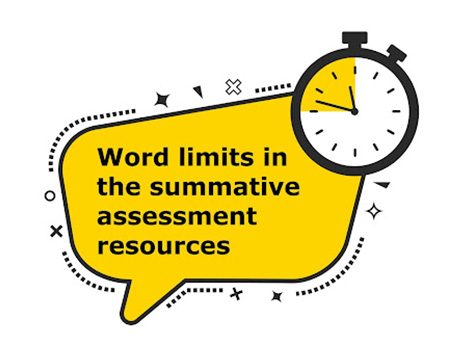
22 May, 2022
The importance of having word limits in the summative assessment resources
One of the most important aspects of VET is summative assessment. Summative assessment resources play a vital role in ensuring that students are able to demonstrate their learning and progress. However, summative assessment resources can also be a source of frustration for both students and educators if they are not well managed and written. It […]
3 years ago
Archives
- July 2022
- June 2022
- May 2022
- April 2022
- March 2022
- February 2022
- January 2022
- December 2021
- November 2021
- October 2021
- September 2021
- August 2021
- July 2021
- June 2021
- May 2021
- April 2021
- March 2021
- December 2020
- November 2020
- May 2020
- February 2020
- December 2019
- November 2019
- October 2019
- September 2019
- August 2019
- July 2019
- May 2019
- April 2019
- March 2019
- December 2018
- November 2018
- October 2018
- September 2018
- August 2018
- July 2018
- June 2018
- May 2018
- November 2016
- October 2016

Sukh Sandhu
Chief Executive Officer
Sukh has been working in the VET and Higher Education Industry for over 20 years. In this time, he has held several roles with RTO’s including CEO roles for International Colleges and National Compliance and Quality Assurance Manager roles for several RTO’s, TAFE’s and Universities. Sukh has also worked for ASQA as a Business Systems Project Official.
Sukh has had extensive project management experience in risk management, compliance, administration and as a training consultant. He has extensive knowledge in government compliance standards and has participated in nearly one hundred audits across Australia and provided consultancy advice regarding ASQA/VRQA, TEQSA, ACPET, DET-HESG, VQF/Higher Education, ELICOS, NEAS, ANMAC, AHPRA, CRICOS, ESOS and ISO.
Sukh is a member of several independent professional organisations and government bodies including, ACPET, VELG, ACS, AITD, MARA, MIA, ISANA, APEX, IEEE, The Internet Society (Global Member), AISIP, IAMOT, ACM, OISV, APACALL, IWA, Eta Kappa Nu, EDSIG and several others.
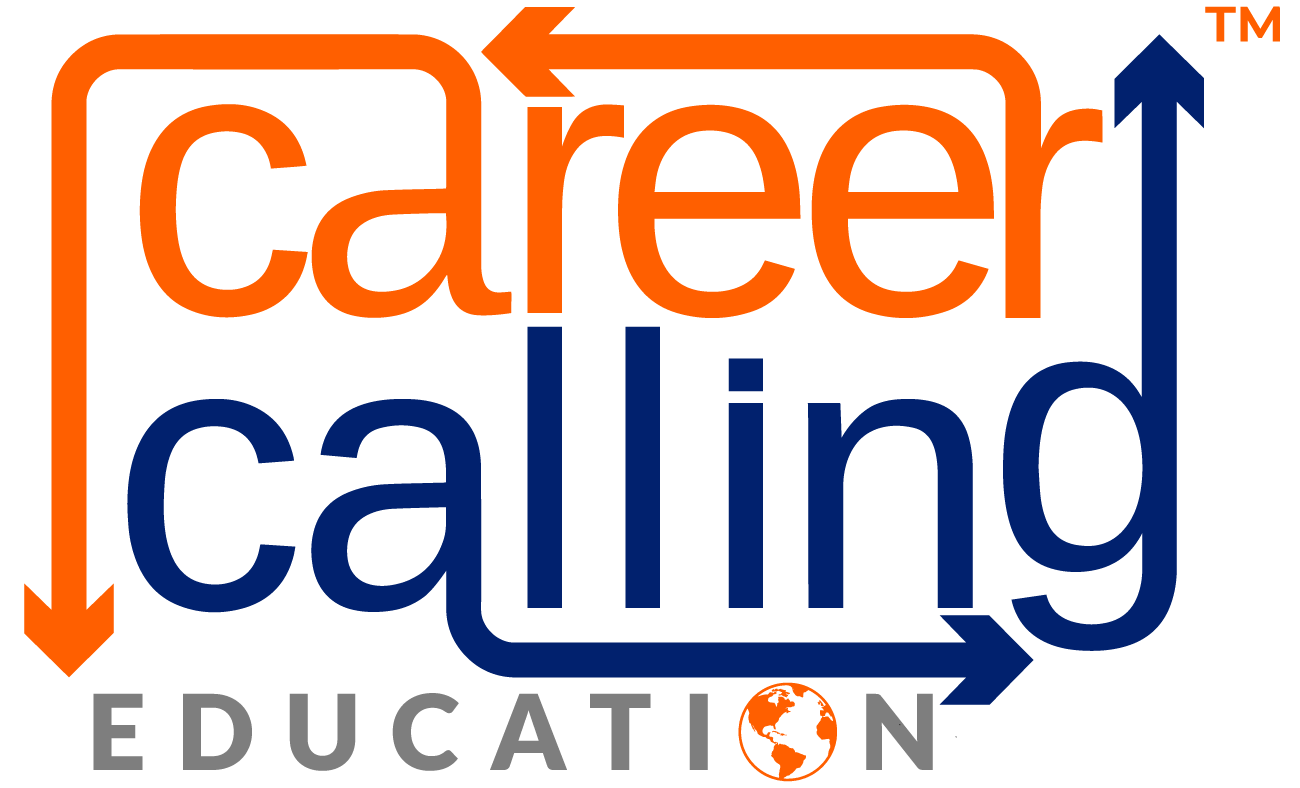
 Enrol Now
Enrol Now Info Pack
Info Pack










